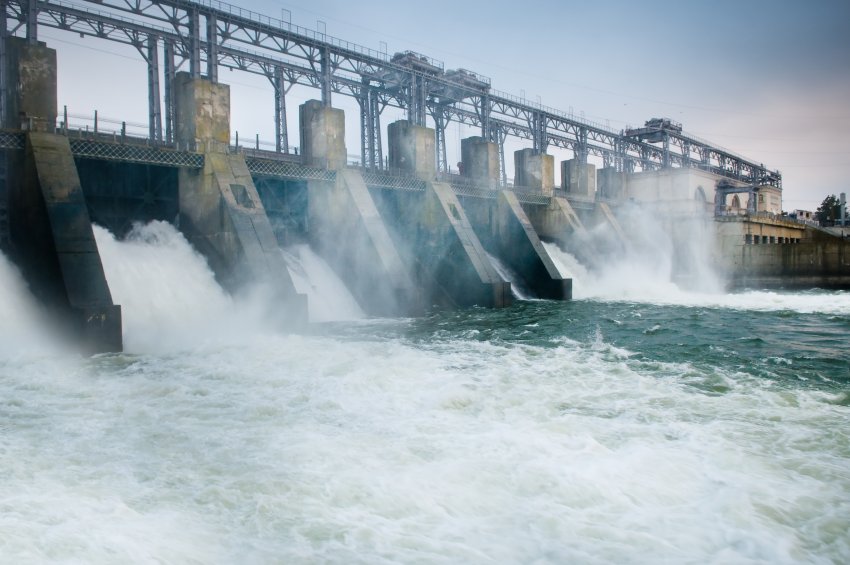
One outcome of last year's inquiry into the Morwell Mine fire in Victoria's Latrobe Valley was the discovery that the default plan for “rehabilitating” the mine would be to let it fill with water naturally, perhaps to become a recreational lake. The hitch: it would take more than a hundred years to fill naturally and the water quality would be terrible due to pollution from coal seams.
But part filling the mine with water, or a dam constructed in it, may actually be a good idea. As Victoria (and Australia) increase the amount of renewable energy from solar and wind, energy storage will become increasingly important — and a Pumped Hydro Energy Storage system may just work at the mine site.
Pumped Hydro Energy Storage (PHES) already exists in Australia at several locations. A higher dam lets water out, through a turbine generating electricity, to a lower dam, to meet peak electricity demand. When there is excess electricity from other sources — coal power at night, or in the future, solar power during the day — the water is pumped back uphill, and the process is ready to repeat. Projects utilising disused mines are already going ahead, such as at the Kidston gold mine in North Queensland.
A 2015 article in RenewEconomy outlined what might be possible with the Hazelwood mine. Melbourne University Energy Institute's Roger Dargaville and Tim Forcey suggested the upper dam would be the Hazelwood Pondage lake that is used for cooling the power station, and the mine itself would furnish the lower dam.
The geotechnical aspects of the proposal may be the most challenging. When Green Left Weekly contacted Dargaville for this article, he said he had received advice that the mine may have issues if a reservoir is repeatedly emptied and filled beside it. The north wall of the mine is already unstable, prompting a temporary closure of the freeway running past it in 2011.
Forcey told me that on other technical considerations, the site seemed to have promise. It is near power transmission lines, has a local workforce trained in the power industry, and based on the size of the Pondage, could deliver roughly 1200MW generation for six hours. For comparison that is 75% of the maximum output of the Hazelwood power station.
Whether the existing electricity market would make the scheme financially viable is the other consideration, Forcey said. Dispatchable energy from PHES needs daily market price volatility to exploit to be fully competitive, he explained. Victoria's electricity market is currently very stable, but Forcey said it is worth considering whether a higher percentage of renewable energy, such as with the Victorian renewable energy target of 40% by 2025, may change that.
Dargaville said that “large scale storage does facilitate greater penetration of renewables such as wind and solar that are not ‘dispatchable’. Without dispatchable generation that provides inertia, which hydro does, there are significant limits to how much of the generation mix can be made up of wind and solar, although exactly where the limit lies is poorly understood.”
Both agreed that it would be worth a proper assessment of the site's potential for PHES, on technical and energy grid and market considerations.
“It would make sense to consider all potential future uses of the site when planning the rehabilitation works,” Dargaville said. Even if hydro is not built immediately, or all in one go, space could be set aside for it in future.
Like the article? Subscribe to Green Left now! You can also like us on Facebook and follow us on Twitter.